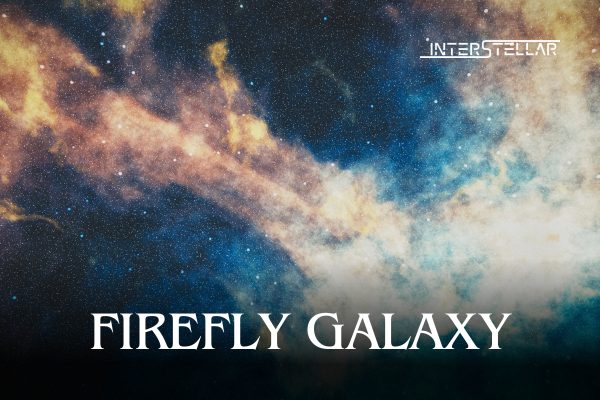James Webb Telescope Unveils Ancient Galaxy “Firefly Sparkle”
NASA’s James Webb Space Telescope has discovered a remarkable young galaxy named Firefly Sparkle, offering a rare glimpse into the universe’s early days. This newly spotted galaxy, with its gleaming star clusters resembling bioluminescent fireflies, provides insights into what our Milky Way may have looked like in its infancy.
A Peek Into the Early Universe
Firefly Sparkle dates back approximately 600 million years after the Big Bang, when the universe was just 5% of its current age. Researchers estimate its mass to be equivalent to 10 million suns. Surrounding it are two smaller galaxies, aptly named Firefly-Best Friend and Firefly-New Best Friend. Together, these three galaxies are nestled within a span that would easily fit inside today’s Milky Way, which measures about 100,000 light-years across.
The galaxy consists of 10 densely packed star clusters. Eight lie within its central region, while two are located along its extended arm. The visible portion of Firefly Sparkle spans about 1,000 light-years, a striking contrast to the massive size of our present-day Milky Way.
Unveiling the Galaxy’s Evolution
Astronomers estimate that Firefly Sparkle began forming around 100 to 400 million years before the stage observed by the James Webb Telescope. At this time, it was about 10,000 times less massive than today’s Milky Way, aligning with expectations for a galactic ancestor during this epoch.
“This observation gives us a direct look at what galaxies like our Milky Way might have looked like in their infancy,” said Lamiya Mowla, co-lead author of the study published in Nature. Mowla highlighted that Firefly Sparkle’s mass and structure match simulations of early Milky Way ancestors.
Astronomer Kartheik Iyer explained the galaxy’s formation process: “Early galaxies like Firefly Sparkle appear to form through the collapse of dense gas clouds. Over time, regions of extreme pressure and density drive the creation of massive star clusters, which then merge or grow together.”
The Role of Gravitational Lensing
Firefly Sparkle was observed using a phenomenon called gravitational lensing. A massive galaxy cluster in the foreground magnified its light by 16-26 times, allowing astronomers to see details that would otherwise remain hidden. This effect acted as a natural magnifying glass, enabling the study of one of the earliest low-mass galaxies currently known.
Insights Into Cosmic Dawn
The colours of Firefly Sparkle’s star clusters reveal a dynamic history. Blue hues indicate younger, hotter stars, while red shades suggest older, cooler stars, pointing to staggered star formation. Observing such galaxies sheds light on cosmic dawn, the period when the first galaxies formed approximately 13.8 billion years ago.
The James Webb Telescope’s ability to peer into this distant era highlights the importance of studying small, ancient galaxies. Firefly Sparkle’s discovery not only illuminates the early universe but also deepens our understanding of how galaxies like our Milky Way evolved over billions of years.
with inputs from Reuters


